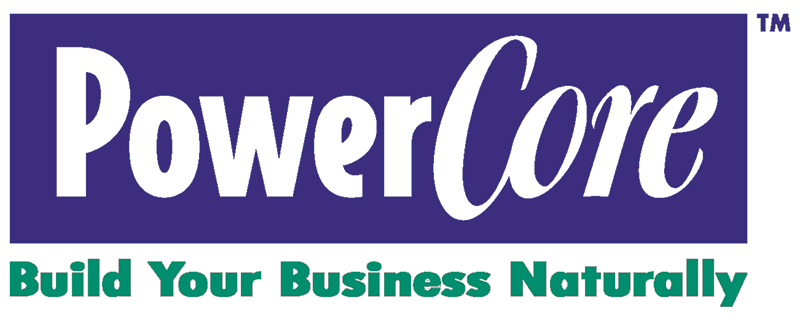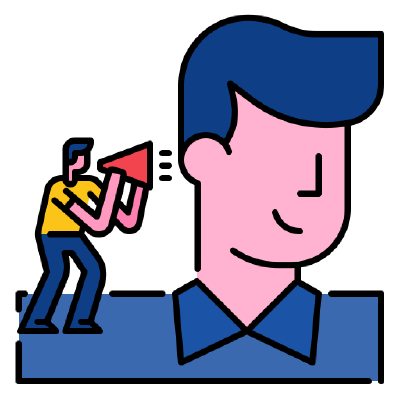
What To Say To Get Referrals: The Purpose of Single Best Thing
The reason to share a Single Best Thing on a FeedForward Card is to document that you were paying attention.
What system do you use in your business to make it clear to clients they have your attention?
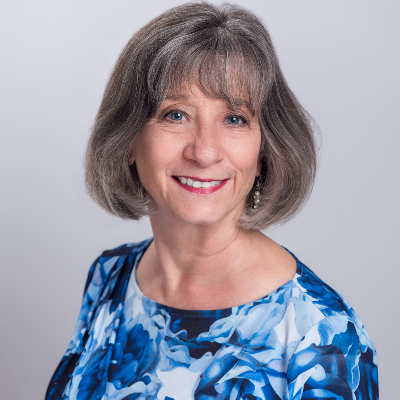
Response from Linda Loud
from the North Point Team
As a Mary Kay consultant, I complete a Beauty Profile card for each client. It has a series of questions to determine a client’s needs, interests and preferences, so I can suggest appropriate products to get their desired results. Although a client can answer these same questions online if she registers on my website, I like to ask additional questions like, “Do you have any allergies or sensitivities I need to know about?” And, “What products do you currently use to cleanse and condition your skin?” And “Have you ever used Mary Kay products before?” This game of 20 questions helps me tailor my recommendations to her situation and lets her know I want to be her consultant, not just a sales person. They not only know they have my attention, but it’s also clear that I have their best interests in mind when I ask the questions and then use their answers to guide how I provide my customer service and follow-up.
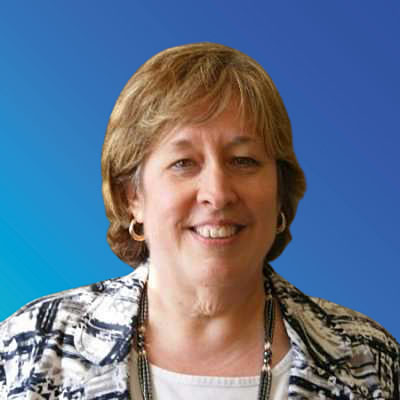
Response from Jill Pullen
Every substantive meeting I have with a client ends with a to-do list. Sometimes the tasks are mine, and sometimes the tasks are my client's (typically there are tasks for both of us every month). When the meeting is completed, I follow-up with a recap of our discussion that includes the decisions we made and the action items we've settled on. Depending on the work that's underway, the recap could include target dates for completion of the items on the list and this gives us both a roadmap to follow for the upcoming month. My clients know that they have my full attention during our meeting and after a few months of this process, they come to rely on my note-taking and recapping ability and just participate in the meeting.
Jill Pullen
Excelovation
jpullen@excelovation.com
404-618-3903
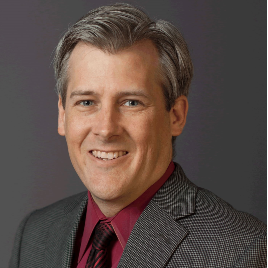
Response from John Bennett
It may seem simple, but in closings, step one is that I do not bring my phone into the closing.
I have done thousands of closings, but I realize that the buyer and seller may not be as familiar with the process. At the closing table, we show the buyer samples of all the junk mail they are going ot receive once we file the deed so they are prepared. It would be quicker and easier to just point and tell people to sign, but that is not what we do. We explain and answer questions in a, which shows we are paying attention.
I have heard many real estate agents complain that a closing attorney delayed closing for 'title issues', but the agents never know what the problem really is. We also take the time to explain any title issue that needs to be cleared so clients are not confused as to what is happening with the closing.
Response from John Kozak
from the Decatur Team
I respect the fact that we live in a world where digital devices are everywhere - in our pockets, on our wrists and even in our ears. When meeting with clients, I refuse to take another call or even read an incoming text. My focus is on the conversation and how to assist. All the distractions will be waiting for me when the meeting is over.
Response from Dale Johnson
from the Decatur Team
The system I use which proves to be very effective is: When I complete a job often times my client is busy and just gets out their checkbook to pay me as I said I was done with the job. Before leaving I insist that they inspect my work because; I'm proud of my work, to verify I did everything they asked and it it done to their satisfaction, if they have questions before I leave. It usually only takes a few minutes and saves a lot of calls 5 minutes down the road because someone has a question.
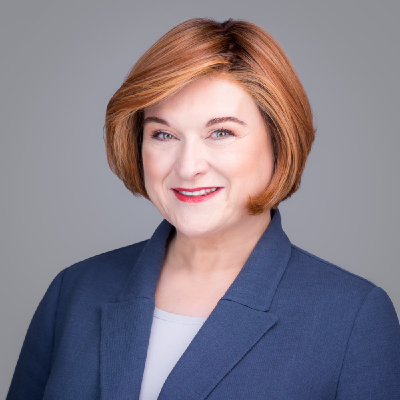
Response from Wendy Kinney
from the PowerCore Team
Recently a chat function was added to the website. One of the benefits is the ability to see, at any given moment, how many people are there. More - much much more - than I would have thought.
Who ever is in the office "minds the chat" to respond quickly when people have a question. Sometimes that means reaching out to say "I'm here", and offer answers that aren't obvious. Sometimes it means setting up a screen share, so I can see where a Member is having problems. That's so valuable, because I can't change anything I don't know about!
.jpg)
Response from Tommy Schlosser
Including my cell phone on every communication! I understand this is a bit reactionary and is more a way to prove they can get my attention as opposed to proving they have it but I have found that to be vitally important. For the most part people don't want to think about their insurance until they are forced to.
Tommy Schlosser
MMA PCS
404-538-8981 - Cell, 404-303-2857
Thomas.schlosser@marshmma.com
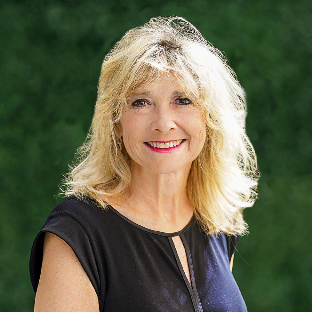
Response from Laura Brookshire
from the Decatur Team
I review where we are in the contract to close process and tie the current timeline back in to reminders of when we discussed important deadlines. For example, the Conventional Loan Contingency has dates the lenders must meet to make sure the Buyer earnest money is Jeopardy. While the lender is responsible I stay on top of the dates.
Response from Jason Conn NMLS 210515
from the Decatur Team
After speaking with a client during an initial call, I send them a summary e-mail of what we discussed and I ask them to confirm if I have everything correct. This will help to ensure there are no surprises. Prior to an application being submitted, we have to make assumptions for things like credit score, property taxes, and insurance. I outline what assumptions I've made and advise that if the assumptions wind up being different from reality, it may impact the interest rate and the loan approval.
Response from Michael Sussman
I ask a lot of follow-up questions. When I am talking to a prospect or customer about an issue, it is always important that I understand what their needs and concerns are. That is why it is very important for me to have a collaborative conversation. To do this, I can't have distractions and must pay attention. Having to think about what follow-up questions that I need to ask helps me pay attention and asking really good follow-up questions helps my clients know that they have my attention.
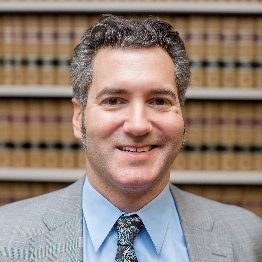
Response from Dan DeWoskin
from the Decatur Team
We offer free consultations on most matters. We set aside time to have thorough discussions and often get paperwork emailed to us before the meeting to have a good foundation and understanding of the issues. In motor vehicle collisions, we will pull accident reports and records that we can get our hands on. This proactivity saves us time and energy and shows clients and potential clients that we are attentive, efficient, and genuine in our concern for providing them relief.
Response from Troy Logan
My client sessions are very interactive so giving direct feedback is critical to their success and development. At every new session I start with the previous skills learned and I give feedback to my clients based on their progression. So there is almost always constant communication between me and the client to help them keep on track and to reach their goals.

Response from Brooks Mackintosh
from the Decatur Team
After an initial meeting with a client, I always send them a follow-up email outlining then next steps in the process and any additional information I will need in preparing their estate plan. This often relieves the client of taking notes in our meeting, because they know I am taking down their concerns and priorities. This helps us have a free-flowing conversation as we talk through the details of their will, living trust, financial power of attorney, and health care directive.
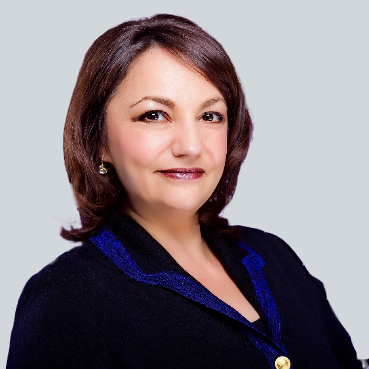
Response from Tanya Osensky
I give my clients my full attention by ignoring all the distractions around me when they talk. I take notes during our conversation so I can keep a reference to remember things later. At the end of the converstaion, I always ask if they have any other questions, in case they think of something else.
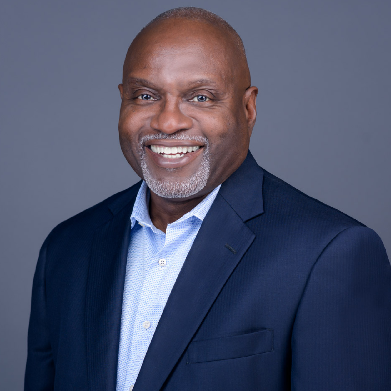
Response from Ron White
from the Decatur Team
When gathering details of a customer's need the first thing I do is turn off all media so that I'm not distracted by a phone call, email or traffic outside my office. I like to make sure they feel that I'm attentive to the needs and that I'm understanding the message, issue or concerns they are conveying. The other thing I do is to try to sum up the conversation by giving them an example of what they just shared with me to further convey understanding. Lastly, I send them a follow-up note that lays the concern, addresses my next steps and their next steps.

Response from Mohua (Mo) Thakurta
The system that I use to make it clear to my clients that I have their attention is :
1. I take notes during the meeting.
2. I recap at the end of the meeting what the action items are at the end of the meeting and how soon I will follow up with them.
3. If it is a client that I need to follow up with we schedule an appointment before we leave the meeting.
I have decided to make everything very intentional with my clients so that I am able to help in a meaningful way.

Response from Paul Thompson
from the Decatur Team
Just the basics, follow up on customer inquireys, reminders before an a appointment, asking questions to find out what details are most important to them and paying special attention to those details. And finally, cleaning up the jobsite before asking the customer to come look and see that the job has been completed to their satisfaction.
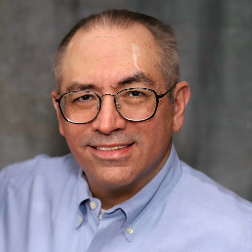
Response from Steve Perry, EA
After listening to my prospect/clients, I tell them what I just heard. In this way, they can correct me if I misunderstood something and embellish or expand where clarity is needed.
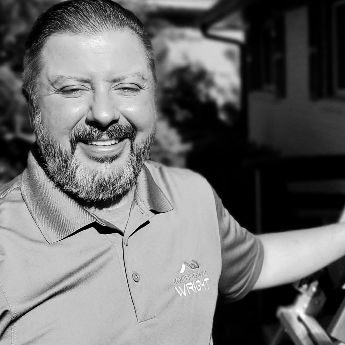
Response from Robert Hamilton
from the Decatur Team
In contracting work customers often mention how sometimes they feel unheard or spoken down to. We make a point to listen more than we speak and say back to the customer what they have asked for. We also explain things in a conversational manner rather than a lecture.
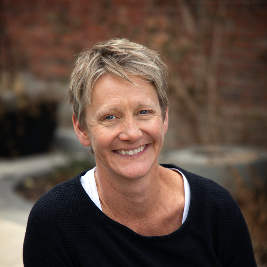
Response from Kim Eickhoff
I let my clients know they have my full attention through portraying active listening skills and being fully present. With active listening, I repeat back the things I hear my clients say that seem important to our discussion, and I include some emotions with it. For example, if I ask a client, "How are things going with your team?" And they reply, "Ugh! I cannot seem to get them to show up on time for work, follow my instructions, and communicate with me better."
Then I might respond with something like, "So it sounds like you are very frustrated because members of your team don't show up for work on time regularly, follow your instructions, or communicate well with you?" If they agree and say, "YES! Exactly!" Then I know I have heard them and they feel validated in what is going on.
This type of listening is great because it clarify's that I am on the right track with them, and they feel heard and validated, which is what any of us really want in relationships.

Response from Tom Wallace
from the Peachtree City Team
I turn off all distractions so I can focus my attention on the conversation.
I take notes, and periodically, I will summarize what I heard back to the client so they can confirm or correct what they were saying.
As a follow up to our meetings, I send a recap email with a summary of our discussion, congratulations again on their wins and list of the action items for them and me to have for the next meeting.
